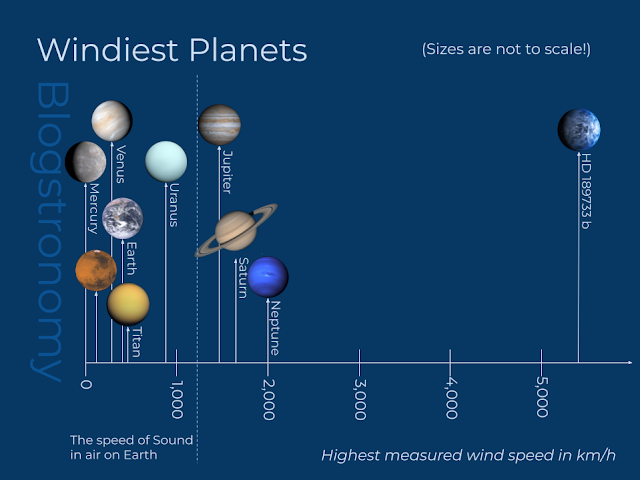Tell Me About Cancer, the Crab
Cancer is one of the twelve constellations of the zodiac. For those who put any
stock in
astrology*, if your birthday lies between June 22nd and July 22nd this is your sign.
That's all the astrology you're getting in this post: we're concentrating on
reality, here, and we'll also be focusing on the asterism rather than the
constellation.
How to find it
Cancer is visible in the Northern Hemisphere in early spring, looks almost
entirely nothing like a crab, and has no particularly bright stars so it's a
tricky one to find even with clear, dark skies. You could try a planetarium
app, or the following might give you half a chance:

|
| Find Cancer in the Sky by T. Briggs is licensed under CC BY-NC-SA 4.0 |
With reference to the diagram above:
- Find Polaris (the "pole star", a really good star to learn how to find if you want to be able to visually navigate the night sky).
- Find Ursa Major (The Great Bear), known as "the plough" or "the big dipper" to many.
- The most famous part of Ursa Major is marked out with brighter lines in the diagram. Three more stars from that constellation have been added**.
- Find the furthest of these three stars from the main constellation***
- Draw an imaginary straight line from Polaris that passes through this star, and carry it on for a bit more than the same distance again.
- You should now be somewhere in the general vicinity of Cancer.
The Stars in Cancer
There are 121 stars within the boundaries of Cancer, constellation, but we'll
concentrate on the ones that form the asterism itself (and a couple of bonus
features).

|
|
|
α Cancri
Also known as "Acubens," Alpha Cancri is just about visible to the naked eye
in perfect conditions, and is actually a quadruple star system made up of two
white main-sequence white stars orbiting each other at about 5AU
and two much smaller stars (possibly red dwarfs) orbiting at about 600AU from
the centre of the system. It's about 173 light years away.
β Cancri
Also known as "Tarf," Beta Cancri is the brighest star in the Cancer
asterism and is actually a binary system made up of an orange giant star
with a red dwarf star orbiting about 2,600AU away. In 2014 it was discovered
to have an exoplanet 7.8 times the mass of Jupiter, and orbiting at a
distance of around 1.7AU.
δ Cancri
Assellus Australis ("Southern Donkey"), Arkushanangarushashutu**** (Ancient
Babylonian for "the southeast star in the crab"), or Delta Cancri, is
Cancer's second brightest star. It's an orange giant about 131 light years
away from us.
Bonus: The reddest star in the sky, X Cancri is very close to
Delta Cancri. So close, in fact, that you can get them both in the same view
if you're using binoculars. X Cancri is about 2,900 light years away from us.
ɣ Cancri
Gamma Cancri, also known as Asellus Borealis, is another binary system. It's
about 181 light years away and the primary is a white subgiant.
ɩ Cancri
Iota Cancri, or "Decapoda," is a double star (assumed to be binary, but not
yet confirmed). It's about 330 light years from Earth. The primary is a
yellow giant; the secondary a white dwarf. Due to the composition of the
primary star it is assumed that there is an as-yet undiscovered, further
evolved, white dwarf in the system, closer to the primary and feeding it
with material.
Bonus Objects
There are two Messier objects to be found close to main stars of the Cancer
asterism: M44 and M67.
M44
Known by the slightly more interesting name "The Beehive Cluster," M67 is an
open cluster containing more than a thousand stars. It is about 610 light
years away more than 23 light years across, and about 600 million years old.
In the right location and with keen eyesight it is possible to see with the
naked eye.
M67
M67 is a particularly old (about 4 billion years) open cluster
about two and a half thousand light years away. It measures about 20
light years across and consists of more than 500 stars. It's near Alpha Cancri
and possible to view with the naked eye if your eyes are REALLY good, the sky
is REALLY clear, and your surroundings are REALLY dark.
* I am not such a person, but I will concede that the industry has done a lot
to make a few constellations a bit more famous.
** These three stars form the Great Bear's Behind, if you get my drift. This
is still not the entire asterism. Maybe I'll do a post about the entire Ursa
Major one day.
*** This star is called "Omicron Ursae Majoris".
**** Bless you. This lovely collection of letters puts Delta Cancri at the
number one spot in the "longest name of a star" chart.



nice
ReplyDelete